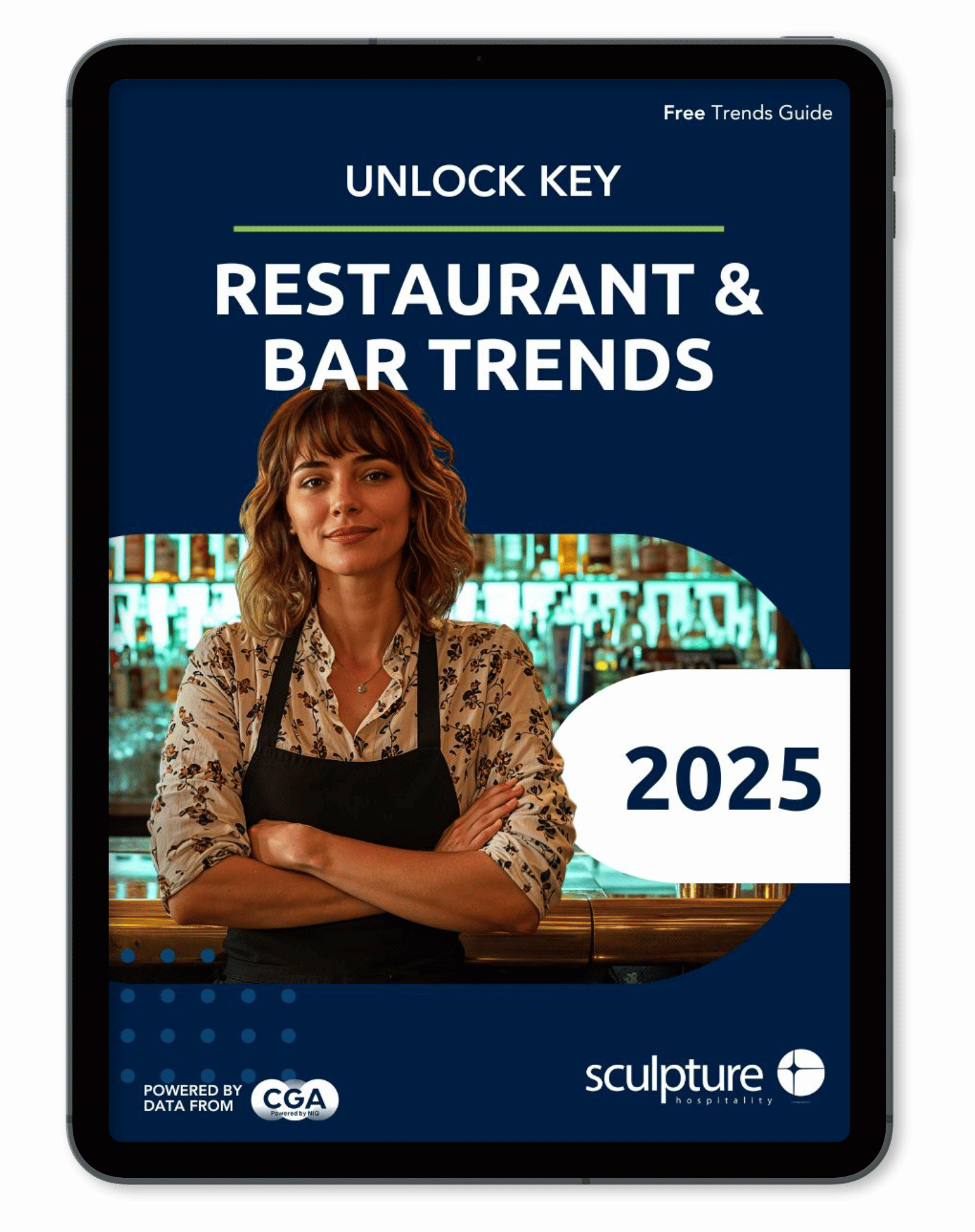Running a restaurant means managing more than just the menu—it means managing people. And when your people change frequently, your costs often rise. One of the most overlooked consequences of staff turnover is its direct impact on food cost. From inconsistent prep to over-portioning and waste, a poorly trained team can quietly erode your margins.
This blog explores how staff training food cost control go hand-in-hand, and what you can do to improve both retention and profitability.
The True Cost of Turnover in the Kitchen
Every time you lose a trained team member, you're not just replacing labor—you're losing expertise, consistency, and embedded knowledge. New hires, no matter how enthusiastic, are more likely to make costly mistakes:
- Over-portioning due to lack of training on scales or scoops
- Poor inventory handling, leading to spoilage or cross-contamination
- Misunderstanding recipe yields and prep quantities
These errors add up. Studies show that restaurants with high turnover experience significantly higher food costs due to operational inconsistency and retraining gaps.
Training = Consistency = Control
Food cost control begins with process control. A properly trained team understands portion sizes, inventory procedures, and prep protocols. That consistency helps ensure you’re getting the margins you’ve calculated for every dish sold.
"We started tracking waste by shift and noticed a huge difference between our experienced and new staff. Once we improved onboarding, our weekly food cost dropped by nearly 3%." — Erin C., Multi-Unit GM, Ontario
Simple systems, such as visual recipe cards, FIFO labeling, and standard portioning tools, can dramatically reduce the margin of error for less experienced team members.
Invest in Onboarding and Cross-Training
A high-turnover environment makes it tempting to throw new hires on the line and hope for the best. But a structured onboarding process actually saves time and money in the long run.
Make training a part of your cost-control strategy:
- Provide hands-on instruction on inventory storage and rotation
- Demonstrate portioning using jiggers, scales, or scoops
- Use checklists and SOPs to reinforce best practices
- Rotate new staff through prep, service, and closing duties to build accountability
This not only protects your food margins but also makes your team more resilient and engaged.
Use Technology to Support Team Performance
Inventory tools and kitchen display systems (KDS) help bridge training gaps and standardize procedures. With real-time recipe tracking and ingredient-level usage reporting, even new hires can follow consistent guidelines.
Platforms like Sculpture Hospitality’s restaurant inventory software offer:
- Visibility into prep quantities
- Alerts for overstock or unusual usage
- Historical tracking to identify waste trends by staff or shift
These tools support your training efforts by automating reminders and tracking the results of your team’s actions.
Build a Culture of Accountability
Retaining staff isn’t just about pay—it’s about purpose. When employees understand how their actions affect profitability, they become partners in your success. Sharing key performance indicators (like weekly food cost percentages or waste logs) helps build engagement.
Try these tactics:
- Post food cost goals in the kitchen and celebrate when they’re met
- Highlight team members who consistently follow waste reduction practices
- Include food cost training in quarterly refreshers or pre-shift huddles
The more your team sees the "why" behind your systems, the more likely they are to follow them.
Final Thought: People Impact Profit
Your food cost doesn’t just depend on what you buy—it depends on who prepares it. With every new hire comes the opportunity to either lose control or strengthen your operation. Prioritizing staff training food cost management is one of the simplest ways to reduce waste and improve your bottom line.









